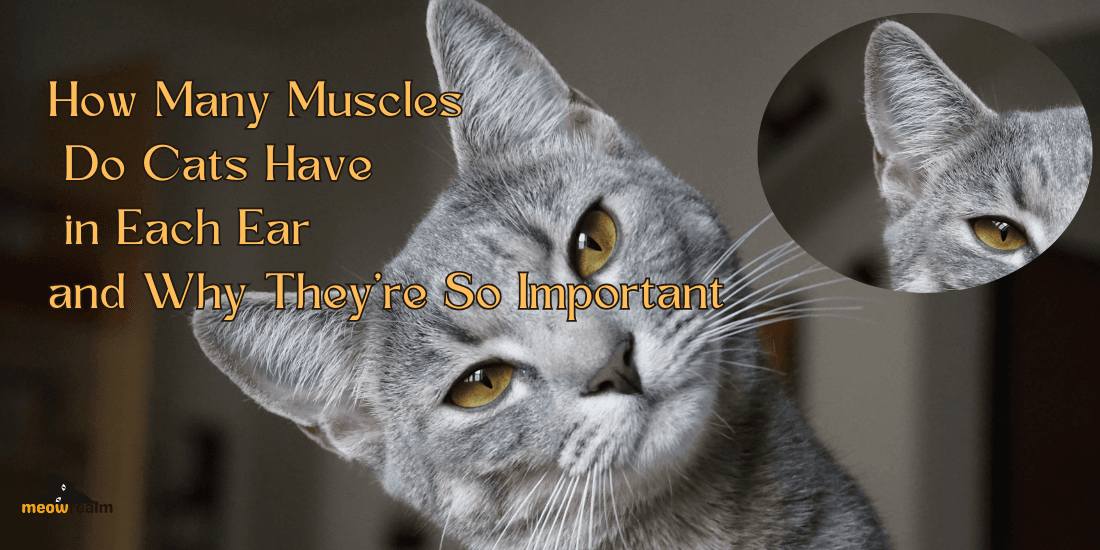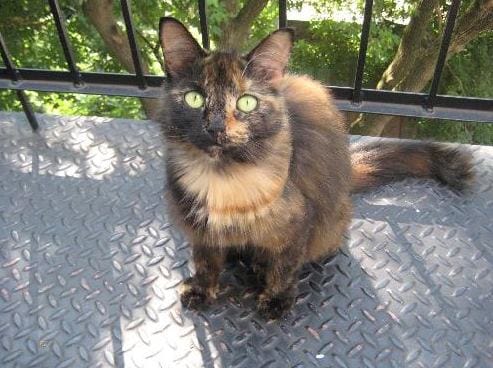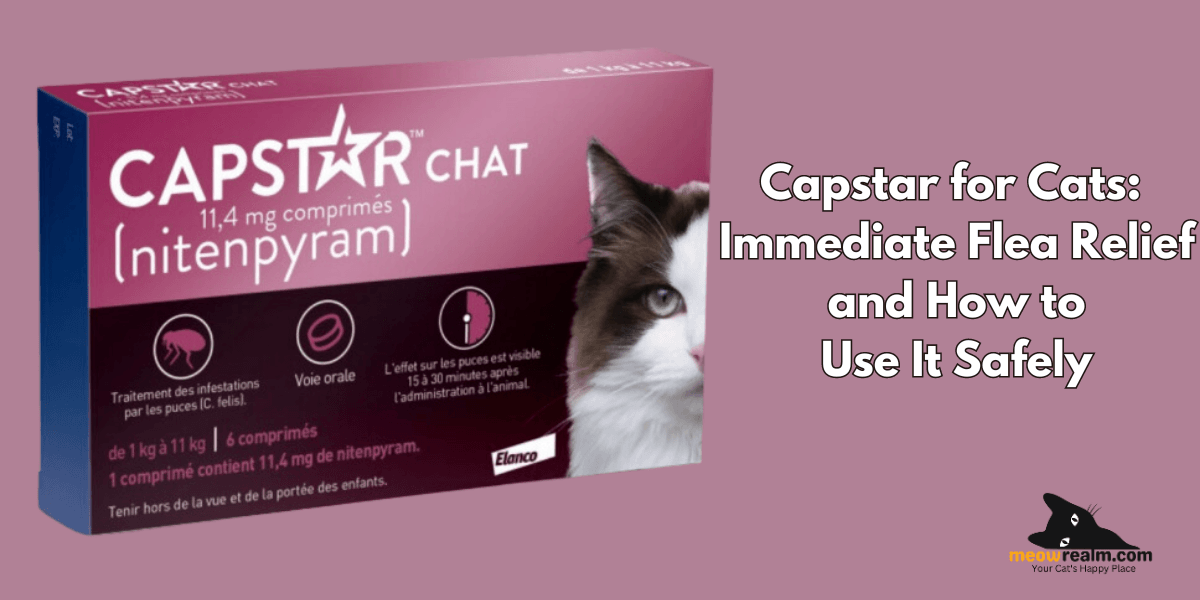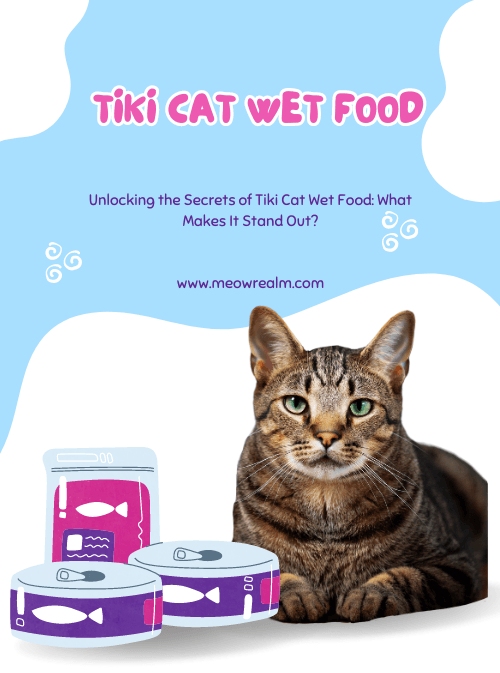Cats are fascinating creatures known for their agility, sharp senses, and unique anatomy. One of the most intriguing features is their ears. But how many muscles do cats have in each ear? The answer to this question not only helps us understand their exceptional hearing abilities but also sheds light on how they communicate through subtle ear movements. In this article, we’ll explore the anatomy of a cat’s ear and break down how these muscles contribute to their overall function and behavior.
The Anatomy of a Cat’s Ear
A cat’s ear is divided into three main sections: the outer ear, the middle ear, and the inner ear. Each part plays a crucial role in their acute sense of hearing, which is one of the most developed among mammals. However, it’s the external muscles, known as auricular muscles, that make their ears so agile.
How Many Muscles Are in Each Cat’s Ear?
So, how many muscles do cats have in each ear? Cats have 32 muscles in each ear! These muscles allow them to rotate their ears up to 180 degrees, enabling them to detect the faintest of sounds from various directions.
The impressive number of muscles in each ear allows cats to have unparalleled control over their ear movements. They can move their ears independently, which enhances their ability to locate sounds and respond to environmental cues more effectively than many other animals.
Why Do Cats Need 32 Muscles in Each Ear?
Exceptional Hearing Abilities – Muscles Do Cats
The primary reason cats have so many muscles in each ear is to aid their extraordinary hearing abilities. A cat’s hearing range extends from 48 Hz to 85 kHz, much higher than humans. This means they can hear high-pitched sounds, such as rodents scurrying or insects buzzing, which are essential for their hunting instincts.
Independent Ear Movement -Muscles Do Cats
The muscles in each ear work independently, allowing a cat to focus one ear on a particular sound source while keeping the other alert to other noises. This ability provides them with a 3D soundscape, essential for detecting and identifying potential threats or prey.
Enhanced Communication – Muscles Do Cats
Cats also use their ear muscles to communicate their emotions and intentions. For instance, when a cat’s ears are forward, they’re usually curious or focused on something. If their ears are flattened, it’s often a sign of fear or aggression. Understanding how many muscles cats have in each ear helps us better interpret these subtle movements.
The Importance of Ear Muscles in Feline Hunting – Muscles Do Cats
Tracking Prey with Precision
The 32 muscles in each ear give cats an evolutionary advantage in hunting. By rotating their ears towards the faintest rustling in the grass, they can pinpoint the location of their prey. This fine-tuned ability allows them to stalk their target with precision, which is vital for wild cats in particular.
Silent and Stealthy Movements -Muscles Do Cats
Cats are known for their quiet, stealthy movements. Part of this skill comes from their ability to hear and respond to sounds without alerting their prey. The complex network of muscles in each ear allows them to gather information from their surroundings silently, making them adept hunters.
How Ear Muscles Contribute to a Cat’s Balance and Orientation -Muscles Do Cats
Role in Vestibular System
Beyond hearing, a cat’s ear muscles also play a role in balance and orientation. The inner ear, which is connected to the vestibular system, helps cats maintain their incredible balance, whether they’re walking on a narrow ledge or landing gracefully on their feet after a fall. The flexibility and strength of the muscles in each ear assist in stabilizing the head, ensuring they remain oriented, even during complex movements.
Ear Muscles and a Cat’s Reflexes
The muscles in a cat’s ears are also tied to their reflexes. When a sudden sound occurs, the auricular muscles spring into action, allowing the cat to swiftly rotate its ears towards the noise, assess the situation, and respond accordingly. This fast reaction time, coupled with their sharp hearing, helps cats avoid danger or quickly identify potential prey.
Common Health Issues Related to Cat Ear Muscles
Despite their impressive anatomy, cats can experience health issues that affect their ears. Understanding how many muscles cats have in each ear helps in diagnosing potential problems, such as:
Ear Infections
Ear infections can occur when bacteria or yeast accumulate in the outer or middle ear. If a cat is experiencing discomfort or difficulty moving its ears, it could indicate an infection affecting the muscles.
Muscle Atrophy
In rare cases, ear muscles can atrophy due to lack of use, injury, or underlying health conditions. This can impair a cat’s ability to rotate its ears effectively, impacting both its hearing and balance.
Understanding How Many Muscles Cats Have in Each Ear – Muscles Do Cats
cats have 32 muscles in each ear, giving them incredible control over their ear movements and significantly enhancing their hearing and communication abilities. Whether they’re listening for prey, communicating with their owners, or staying alert to potential threats, these muscles are vital to their everyday lives. Understanding the anatomy of a cat’s ear can help us better appreciate their agility, hunting prowess, and expressive nature.
By knowing how many muscles cats have in each ear, we gain deeper insights into their remarkable abilities and the evolutionary advantages that make them such extraordinary animals.





